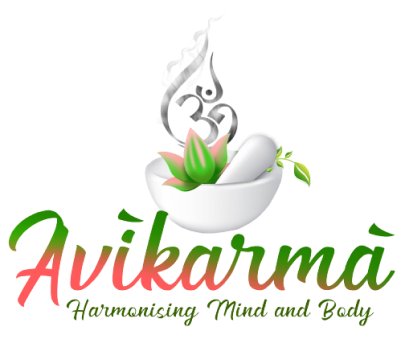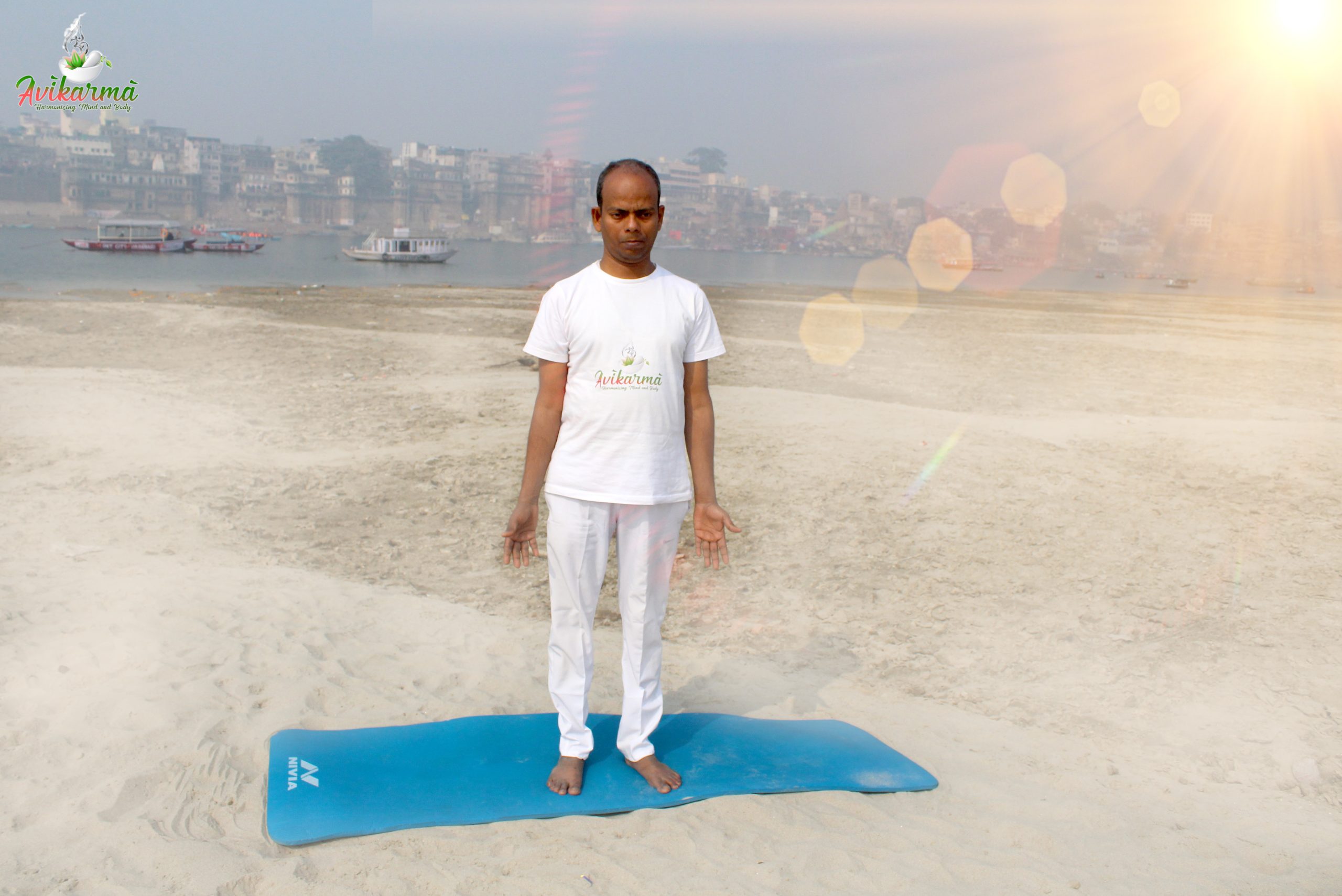As we have discussed in the previous blog what is yoga, so we have learned the history of yoga, what are its precautions and who can and cannot do yoga.
Now our next blog is Tadasana. You all will know that Tadasana is a part of yoga which we can do in our daily life too, if you have any disease then you should always do yoga only after consulting a doctor or our yoga teacher. Whenever we do any yoga, we should always keep in mind whether we are doing that yoga with the right method or not, otherwise, it can also harm you, so you should always consult a yoga teacher or doctor.
- What is Tadasana?
- What are the ways to do it?
- What will be its benefits?
- When it should be done and when it should not be done, today we will read in this blog.
- TADASANA
Tadasana is also known as Samasthiti or Mountain Pose. “Tada means a mountain”, and “Sam means upright, straight, unmoved”. “Sthiti means standing still and steadiness”. Tadasana, therefore, implies a pose where one stands firm and erect as a mountain. Mountain pose enhances body awareness so you can correct imbalances and improve alignment, which reduces your risk of injury. Focusing on your breath, thoughts, and body while practicing Tadasana enhances awareness of the present moment and promotes mental clarity.
People do not pay attention to the right method of standing. Some people stand on only one leg or with body weight thrown on one leg completely sideways. All other loads are placed on the heels, or the inner or outer sides of the feet. Where the damage that has been done to the soles and heels of the shoes can be detected by looking at it. When we do not stand straight on our feet and stand incorrectly, the elasticity of our spine is disrupted, due to which we have spine problems or we give the weight of our body to only one leg, due to which our body Gets specific deformities which also creates problems for the spine.
- Let’s learn Tadasana how to do it -:
- Stand straight keeping the feet together, now the heel and big toes should touch each other, now rest the head of the metatarsal on the floor and spread all the toes well on the floor.
- Tighten the knees and pull the knee-caps up, contract the hips and pull up the muscles at the back of the thighs.
- Keep the stomach in, chest forward, spine stretched up and the neck straight.
- Keep the weight of the body neither on the heels nor on the toes, but keep the weight of the body on both feet equally.
- In general, in Tadasana, the hands are spread above the head but we can also keep them below the thighs for our convenience.
Even if the feet are placed apart, it is better to keep the heel and toe in a line parallel to the midplane and not at an angle because in this method the hips are contracted, the abdomen is drawn in and the chest is brought forward. Due to this the body starts feeling light and the mind gets agility. If we stand with the weight of our body only on the ankles, we feel that gravity is changing; The hips sag, the stomach protrudes, the body hangs back and the spine feels stretched and as a result, we are always bent over or standing, and our backs hunched and we move very quickly. We get tired and our mind becomes dull. That’s why we need to master the art of standing correctly.
- BENEFITS OF TADASANA -:
- It improves our body flexibility.
- It keeps our digestive tract on track.
- It develops a better balance in standing and healthy weight management.
- It helps in relieving pain.
- It strengthens our legs, back, hips, and abs.
- It improves agility.
- It boosts blood circulation in the body.
- WHO SHOULD DO OR NOT DO TADASANA?
- We all should do Tadasana because it is a safe position, it increases our height and our body is also flexible. If you feel dizzy, do not do this asana.
- If you want to do any other asana immediately after doing Tadasana, then you have to keep in mind that you should do Tadasana only on an empty stomach or practice this asana at least 4 hours after the last meal.
- You should avoid practicing Tadasana if you’re suffering from low blood pressure, insomnia or have a headache or migraine.
- One of the contraindications of Tadasana is that staying in Tadasana posture for a long time makes some people feel dizzy. Therefore, whenever we have to do any meditation, we should do yoga only with the advice of a yoga teacher.
- Tadasana should not be done by those people who have knee or joint injuries.
- Pregnant women may find the need to adopt a wider posture while practicing Tadasana in order to feel stable.


Give a Reply